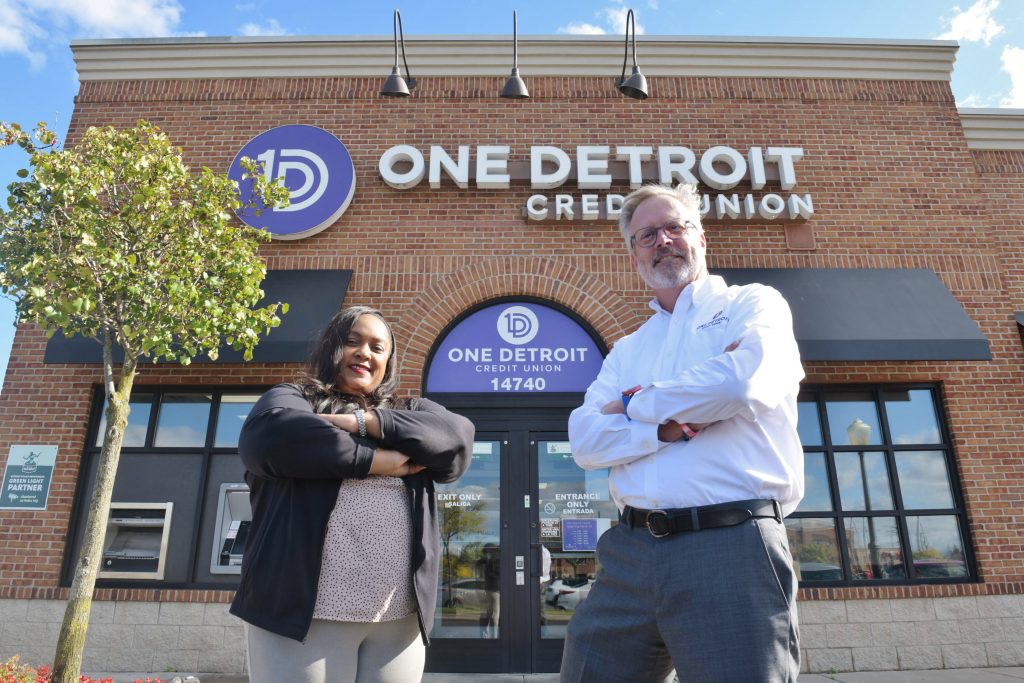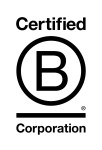Impact-driven banks and credit unions provide vital services to under-resourced communities. However, in CNote’s extensive work with these institutions and community finance overall, we recognized the pressing need for a consistent impact framework for the industry.
Existing impact measurement efforts have typically centered around either banks or credit unions or have been limited to CDFI-certified institutions. This fragmented approach hinders the ability to create a unified framework that drives transformative deposits to the industry. Without a clear framework, many impact-driven banks and credit unions lack the necessary resources to fully articulate their impact or effectively measure and communicate their work, especially to the growing community of institutional impact investors.

The team of New Covenant Dominion Federal Credit Union
Table of Contents
- 1 CNote’s Unique Position // Impact Frameworks
- 2 CNote’s Key Impact Themes
- 2.0.1 Impact Theme 1 | Addressing Community Social and Environmental Challenges
- 2.0.2 Impact Theme 2 | Serving Under-resourced Groups
- 2.0.3 Impact Theme 3 | Responsive and Responsible Products and Services
- 2.0.4 Impact Theme 4 | Community Integration
- 2.0.5 Impact Theme 5 | Promoting Diversity, Equity, and Inclusion.
- 2.0.6 Impact Theme 6 | Financially Sustainable
- 3 Looking Ahead: Paving the Path to Standardized Impact Measurement
CNote’s Unique Position // Impact Frameworks
CNote works closely with corporations and impact-driven banks and credit unions nationwide. This unique positioning allows us to serve as an intermediary, bridging the gap and connecting these two powerful and impactful forces.
With support from the W.K. Kellogg Foundation and the Mastercard Impact Fund, with support from the Mastercard Center for Inclusive Growth, CNote conducted extensive stakeholder interviews and developed an impact framework with six impact categories themes and suggested metrics within each theme. Impact-driven depository institutions can utilize this framework to identify impact targets, connect impact strategies to these goals, and substantiate their work with impact data that could one day be the standard for the community finance industry. Furthermore, this framework enables impact-driven banks and credit unions to substantiate their work with consistent impact data, allowing them to measure and articulate their impact more effectively.
“I’ve just come to know CNote this year and thankful for what we’ve done together. I’ve been trying to figure out how to share our [credit union’s] impact and the format that they’ve put it in, using their steps, made it so much easier. If you put it in those steps, it’s really helpful.”
“They’ve helped me organize this mass of data,” says Hank Hubbard, CEO of One Detroit Credit Union.

Hank Hubbard (right) of One Detroit Credit Union
This framework also benefits institutional investors seeking to create impact through their deposits by making it easier for them to identify the impact-driven banks and credit unions aligned with their values and commitments.
As investors increasingly seek out authentic community investments, impact-driven banks and credit unions are an opportunity to leverage cash for lasting impact. By understanding the impact measurement practices in use today, industry stakeholders like CNote will be better able to contribute impact framework solutions that will last.
CNote’s Key Impact Themes
Impact Theme 1 | Addressing Community Social and Environmental Challenges
This theme allows institutions to identify the social and or environmental challenges present in their communities. CNote recognizes the United Nations Sustainable Development Goals (SDGs) as a widely adopted framework for categorizing these goals within the impact investing and impact-measurement industries. By aligning with the SDGs, impact-driven banks and credit unions can effectively identify their social and or environmental impact goals. This guides their efforts and enables investors seeking specific impact themes or SDG alignment to identify institutions making a difference in those areas more easily.
Impact Theme 2 | Serving Under-resourced Groups
CNote firmly believes in the transformative power of impact-oriented banks and credit unions to generate greater economic opportunity and financial inclusion across the United States. Impact-driven depository institutions (DIs) work with under-resourced communities and identify the social and environmental challenges faced by these groups. Examples of such communities include but are not limited to, low-to-moderate-income individuals, BIPOC communities, and rural areas.
Impact Theme 3 | Responsive and Responsible Products and Services
In this theme, DIs provide examples of the products, services, and programs they offer that are tailored, responsive, and address the identified social and or environmental challenges faced by under-resourced communities. These institutions demonstrate continuous improvement over time by offering innovative product/service options and increasing the volume of responsive offerings. Examples of such initiatives include financial education programs, small business lending (loans less than $1M), and affordable housing financing.
Impact Theme 4 | Community Integration
This theme focuses on how financial institutions actively engage with the community and establish mechanisms for obtaining feedback. By remaining responsive to the evolving needs and challenges of the communities they serve, these institutions align their assets and deposits towards community financing, consistent with their primary purpose.
Impact Theme 5 | Promoting Diversity, Equity, and Inclusion.
Recognizing the importance of DEI (Diversity, Equity, and Inclusion), financial institutions integrate these principles into their governance structures. Over time, these institutions strive to achieve their stated DEI goals through the implementation of inclusive practices throughout the organization and tracking organizational diversity metrics.
Impact Theme 6 | Financially Sustainable
Understanding the vital need for financial sustainability in impact-driven institutions, this theme addresses the long-term viability and operational health of the institution. By maintaining financial stability, these institutions can continue providing essential financial products and services to their communities. This category captures data related to financial sustainability, ensuring the institution’s ability to fulfill its mission and support community needs in the long run.
Looking Ahead: Paving the Path to Standardized Impact Measurement
As CNote continues to refine and enhance our proprietary impact diligence and monitoring processes, our impact framework remains a dynamic tool that evolves with the data and feedback we collect from impact-driven DIs and investors.

The team at VCC Bank. Photo courtesy of VCC Bank
By embracing this framework, institutional investors like corporations, will find it easier to identify and connect with the DIs that align with their impact goals. Simultaneously, DIs will gain clarity on the vital impact metrics to measure, enabling them to attract additional deposits. Ultimately, this symbiotic relationship benefits under-resourced communities. Channeling increased financial resources into a unified, compassionate, and transparent system bolsters support for small businesses, enhances financial education, fortifies nonprofits, promotes affordable housing, and catalyzes broader community economic development and wealth building.
Implementing a unified impact framework has the power to transform communities nationwide. Through replicable, reliable, and precise measurement of DI’s impact, we can connect investors with authentic opportunities to support. This facilitates a future where impactful investments thrive, communities prosper, and sustainable change takes root.
Disclaimer: This information should not be relied upon as research, investment or financial advice, or a recommendation regarding any products or any security in particular. This material is strictly for illustrative, educational, or informational purposes and is subject to change. Investing involves risks, including possible loss of principal.








